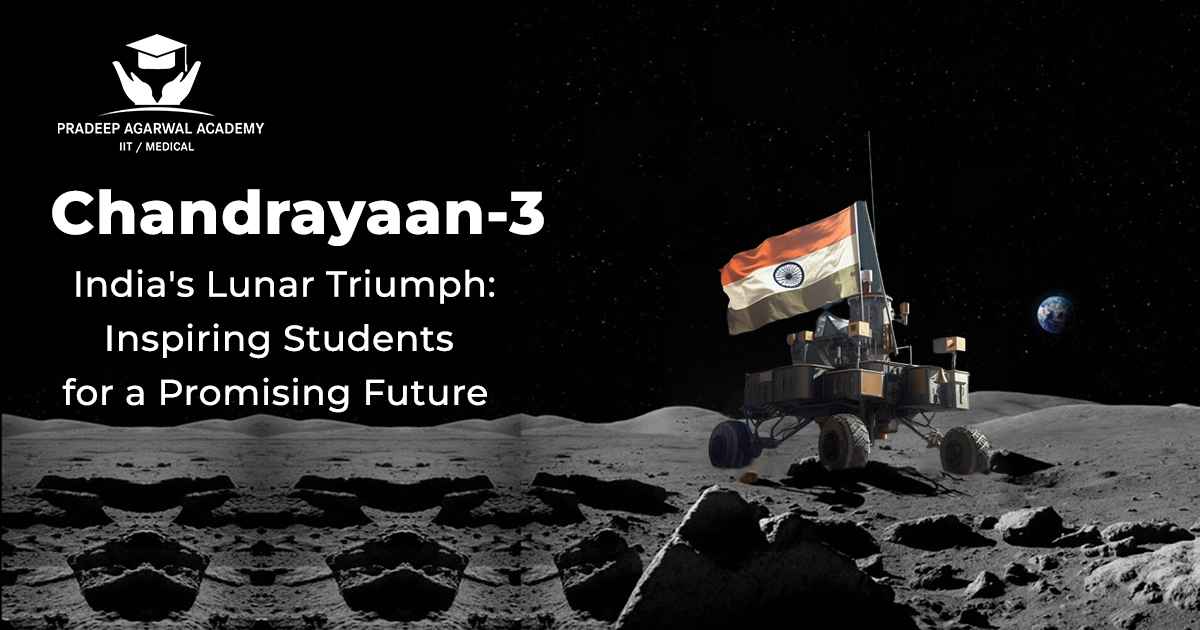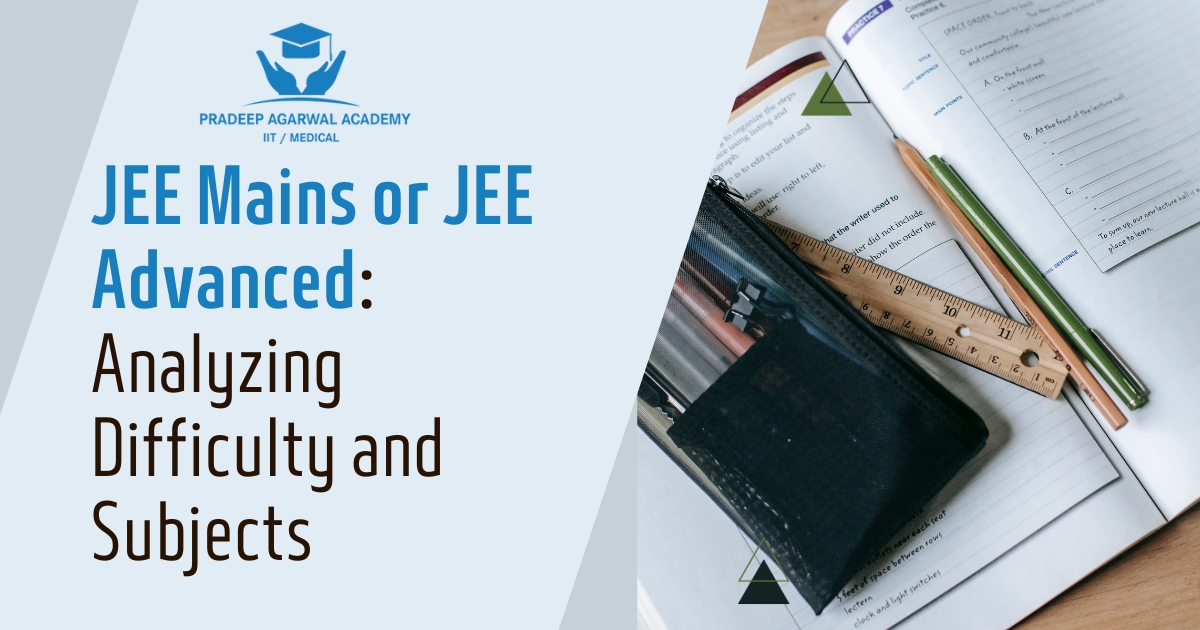
India’s Lunar Triumph: Inspiring Students for a Promising Future
Dear students,
ISRO embarked on its journey with modest beginnings, operating within the constraints of a relatively frugal budget. Back in 1969, during its inception, the India’s space program was marked by limited financial resources and available assets. Nevertheless, ISRO charted a pragmatic and cost-effective path towards space exploration. This approach centered on resource optimization, the employment of innovative and efficient design methodologies, and a reliance on indigenous technologies.
Yesterday marked a historic milestone as Chandrayaan 3 achieved a successful lunar landing. Notably, Chandrayaan-3‘s accomplishment carries an intriguing aspect – its cost. The project has been executed at an estimated expense of Rs 615 crore, a figure significantly lower than the budgets allocated to major blockbuster films.
India has now become the fourth nation to accomplish a soft landing on the moon and the first country to achieve this feat on the challenging lunar South Pole. This accomplishment is particularly significant due to the various impediments posed by this region, including uneven terrain, vast craters, the imperative need for precise navigation and strategic landing site selection. Additionally, this region contends with extreme variations in sunlight and temperature, factors that can potentially impact the operational efficiency of the lander’s systems and instruments. Communication challenges arise from the curvature of the moon, which obstructs direct line-of-sight communication with spacecraft.
Despite these obstacles, the lunar South Pole holds immense appeal for space agencies and researchers due to the possibility of water ice accumulation within perpetually shadowed craters. Water ice represents a valuable asset for prospective lunar exploration, serving as a vital resource for life support, fuel generation, and oxygen production.
India’s space program has now attained unprecedented heights, showcasing its cost-effectiveness, precision, accuracy, and reliability to a global audience. Notably, international space agencies are increasingly inclined to collaborate with ISRO. It is conceivable that, given adequate funding and time, ISRO might even surpass NASA in the long run.
I extend my heartfelt congratulations to each of you for being citizens of India. I am confident that within your lifetimes, you will witness numerous such accomplishments that will swell your hearts with pride.
India has great potential and will soon be the third largest economy in the world. Presently, India serves as an engine of growth, while China’s economy grapples with challenges that might take several years to overcome. It is conceivable that in another about 30 years, India may even be number one economy in the world.
So students, you are poised for a remarkably promising future. I implore each of you to harness this potential by investing your earnest efforts. Your contributions hold the key to realizing a future of excellence and accomplishment.
Warm regards,
Pradeep Agarwal





